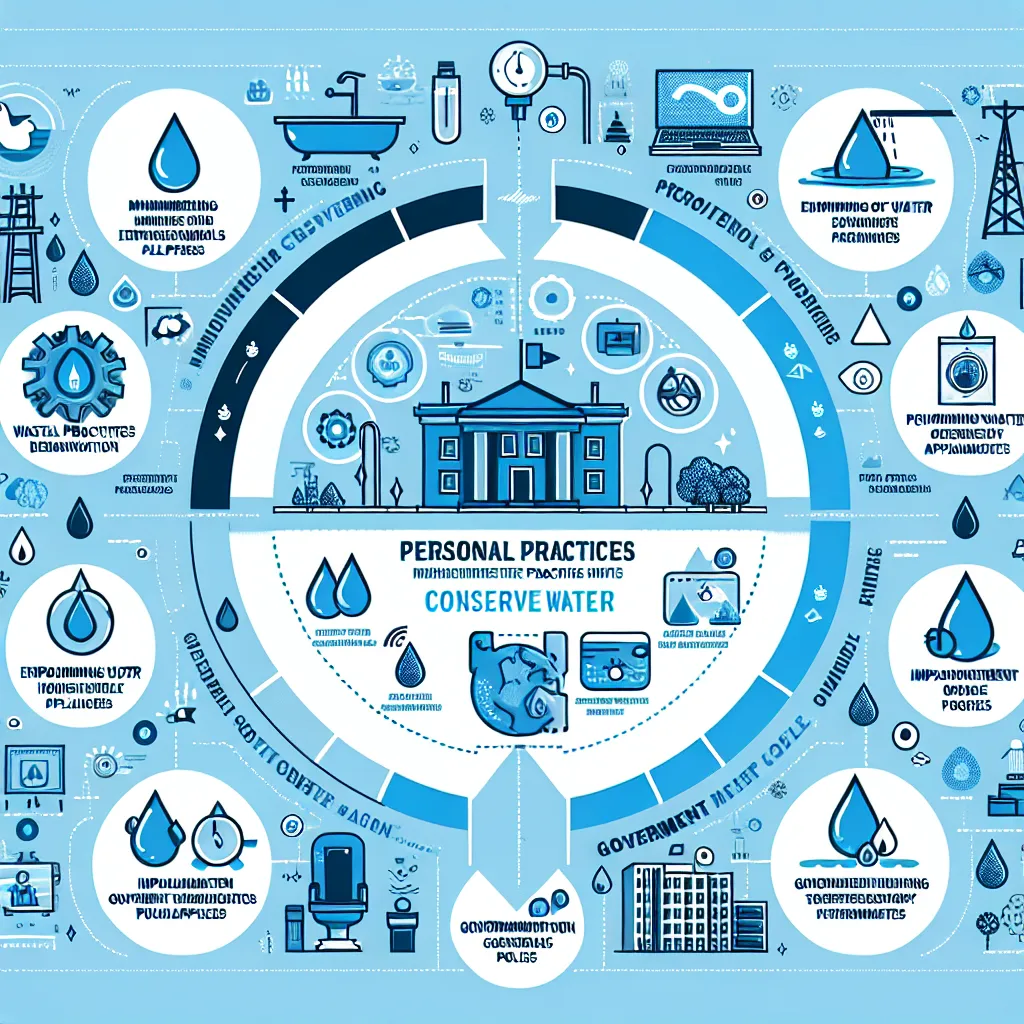Financial literacy programs for youth have become an increasingly important topic in recent years, reflecting the growing awareness of the need to equip young people with essential money management skills. This subject has appeared in various forms in IELTS Writing Task 2 questions, and its relevance is likely to continue in future exams. Based on an analysis of past IELTS exams and current trends, we can expect to see questions related to financial education for young people with moderate frequency.
Let’s examine a sample IELTS Writing Task 2 question on this topic:
Some people believe that schools should teach children how to manage money. Others argue that this is not the role of schools and should be taught at home. Discuss both views and give your own opinion.
Analyzing the Question
This question addresses the debate surrounding financial literacy education for youth, specifically focusing on where this education should take place. It requires us to:
- Discuss the view that schools should teach financial management
- Discuss the opposing view that this should be taught at home
- Provide our own opinion on the matter
The question is a classic example of a discussion essay with an opinion element, which is common in IELTS Writing Task 2.
Sample Essay
Here’s a model essay addressing this question:
In today’s complex financial world, the importance of teaching young people how to manage money has become a subject of debate. While some argue that this responsibility lies with schools, others believe it should be taught at home. This essay will examine both perspectives before presenting my own view on the matter.
Those who advocate for financial education in schools argue that it is an essential life skill that should be part of the core curriculum. They contend that schools are well-equipped to provide structured, comprehensive financial literacy programs that can cover a wide range of topics, from basic budgeting to understanding complex financial products. Moreover, school-based programs can ensure that all children receive this vital education, regardless of their parents’ financial knowledge or background. This approach could help reduce economic inequality by giving all students the tools they need to make informed financial decisions in the future.
On the other hand, proponents of home-based financial education argue that money management is a personal matter best taught within the family context. They believe that parents are in the best position to impart financial wisdom, as they can provide real-life examples and tailor lessons to their family’s specific financial situation. Additionally, teaching financial literacy at home allows for ongoing, practical application of concepts as children observe and participate in family financial decisions. This hands-on approach can be more effective than theoretical classroom instruction.
In my opinion, the most effective approach would be a combination of both school and home-based financial education. Schools can provide a structured curriculum that ensures all students have a solid foundation in financial literacy, covering essential topics such as budgeting, saving, and investing. Meanwhile, parents can reinforce these lessons at home, providing context and real-world application. This collaborative approach would create a comprehensive financial education that prepares young people for the financial challenges they will face in adulthood.
In conclusion, while both schools and homes have important roles to play in teaching financial literacy to youth, a combined approach is likely to yield the best results. By leveraging the strengths of both educational settings, we can ensure that the next generation is well-equipped to navigate the complex financial landscape of the future.
(Word count: 345)
 Financial literacy education for youth
Financial literacy education for youth
Key Writing Tips
When addressing this topic in IELTS Writing Task 2, keep the following points in mind:
-
Structure: Ensure your essay has a clear introduction, body paragraphs discussing both views, and a conclusion with your opinion.
-
Balanced argument: Present both sides of the debate fairly before giving your own opinion.
-
Specific examples: Use concrete examples to support your points, such as specific financial skills that could be taught in schools or at home.
-
Cohesion: Use linking words and phrases to connect your ideas smoothly. For example, “On the other hand,” “Moreover,” “In conclusion.”
-
Vocabulary: Use a range of vocabulary related to finance and education. Avoid repetition by using synonyms and paraphrasing.
Important Vocabulary
Here are some key terms related to financial literacy programs for youth:
-
Financial literacy (noun) /faɪˈnænʃəl ˈlɪtərəsi/: The ability to understand and effectively use various financial skills.
-
Budgeting (noun) /ˈbʌdʒɪtɪŋ/: The process of creating a plan to spend your money.
-
Curriculum (noun) /kəˈrɪkjələm/: The subjects comprising a course of study in a school or college.
-
Economic inequality (noun) /ˌiːkəˈnɒmɪk ˌɪnɪˈkwɒləti/: The unequal distribution of income and opportunity between different groups in society.
-
Money management (noun) /ˈmʌni ˈmænɪdʒmənt/: The process of budgeting, saving, investing, spending, or otherwise overseeing the capital usage of an individual or group.
-
Core curriculum (noun) /kɔː kəˈrɪkjələm/: The subjects regarded as essential for all students in a school or college.
-
Financial products (noun) /faɪˈnænʃəl ˈprɒdʌkts/: Instruments like loans, savings accounts, or investments offered by financial institutions.
-
Hands-on approach (noun) /hændz ɒn əˈprəʊtʃ/: A method of learning or teaching that emphasizes practical experience and active participation.
Conclusion
Financial literacy programs for youth represent a crucial area of education that is likely to remain relevant in IELTS Writing Task 2. By understanding the key debates surrounding this topic and practicing with sample questions, you can prepare effectively for related tasks in the exam. Remember to consider various aspects of financial education, such as its implementation in schools versus homes, its potential impact on economic inequality, and the specific skills it should cover.
For further practice, consider exploring related topics such as the role of education in promoting financial literacy or financial literacy among young adults. These themes may also appear in future IELTS exams and will help broaden your understanding of the subject.


